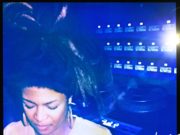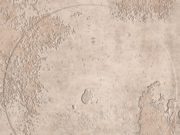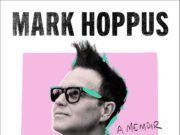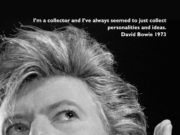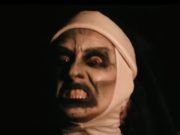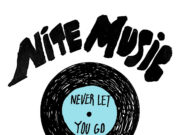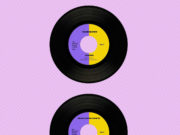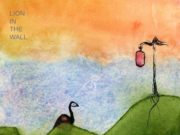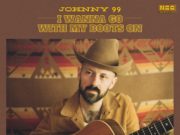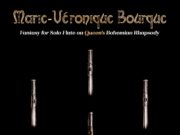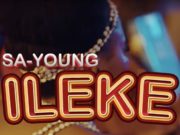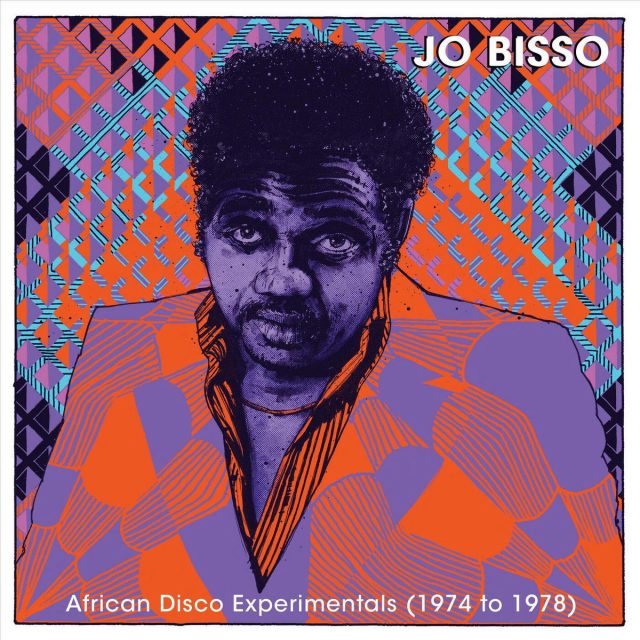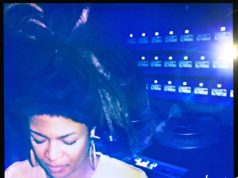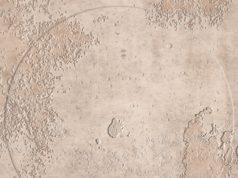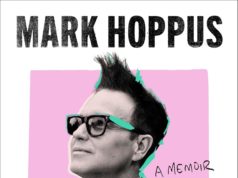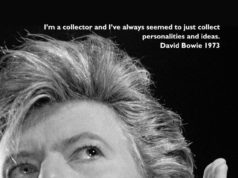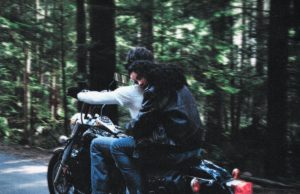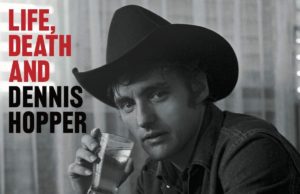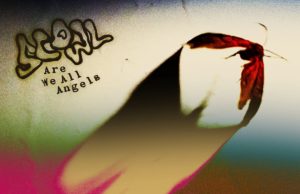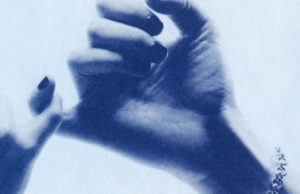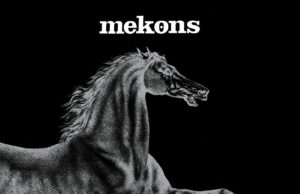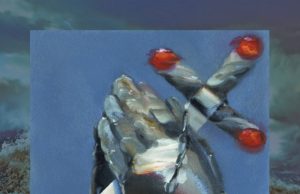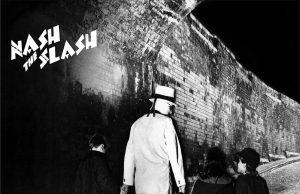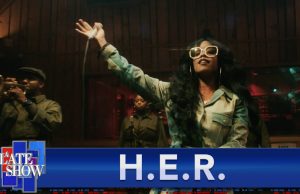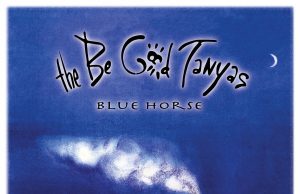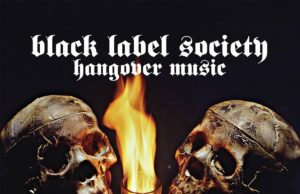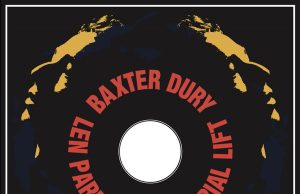THE EDITED PRESS RELEASE: “Cameroonian Jo Bisso’s earliest musical influences didn’t come primarily from his homeland, but more from the neighbouring Congo, where the kind of early ’60s Congolese rumba played by the likes of Franco / TP Ok Jazz, and Tabu Ley Rochereau was establishing itself as a musical force in the region. Alongside this exuberant, swinging, jazz-influenced sound, the growing impact of the all conquering U.S. soul titans became inescapable, and sprinkled with a bit of Johnny Hallyday and co.’s smooth chanson over the top, we get a snapshot of where Jo Bisso and friends’ post -chool musical experimentation was headed in the late ’60s.
As that decade drew to a close, the single minded Bisso headed off to France to begin his quest for the future, and by 1972 could afford the journey to the U.S. that he’d long dreamed of. Enrolment at the Berklee College of Music in Boston soon led to a new band, and by 1974 the all-conquering, multi-faceted approach that marks Bisso’s musical career meant he’d written, produced and sung on his debut single for the mighty Decca Records. Flying To The Land Of Soul drew heavily from James Brown’s propulsive dance-floor funk, whilst wearing its African colours loud and proud via chants and drums front and centre.
At the same time, Bisso and friends had started to immerse themselves in the fast-emerging disco sound pulsing outwards from NYC into the Boston nightclubs, and by the time his debut album Dance To It was released in 1976, it was the driving, 4/4 floor power of disco that was to define Bisso’s sound on that and the following two albums. Whilst Bisso’s immersion in disco was based around its energy and musicality (rather than any associated hedonism), African Disco Experimentals (1974 to 1978) paints a picture of an artist dedicated to the underground club side of the scene, rather than focused exclusively on the fast emerging pop potential of the sound at the time.
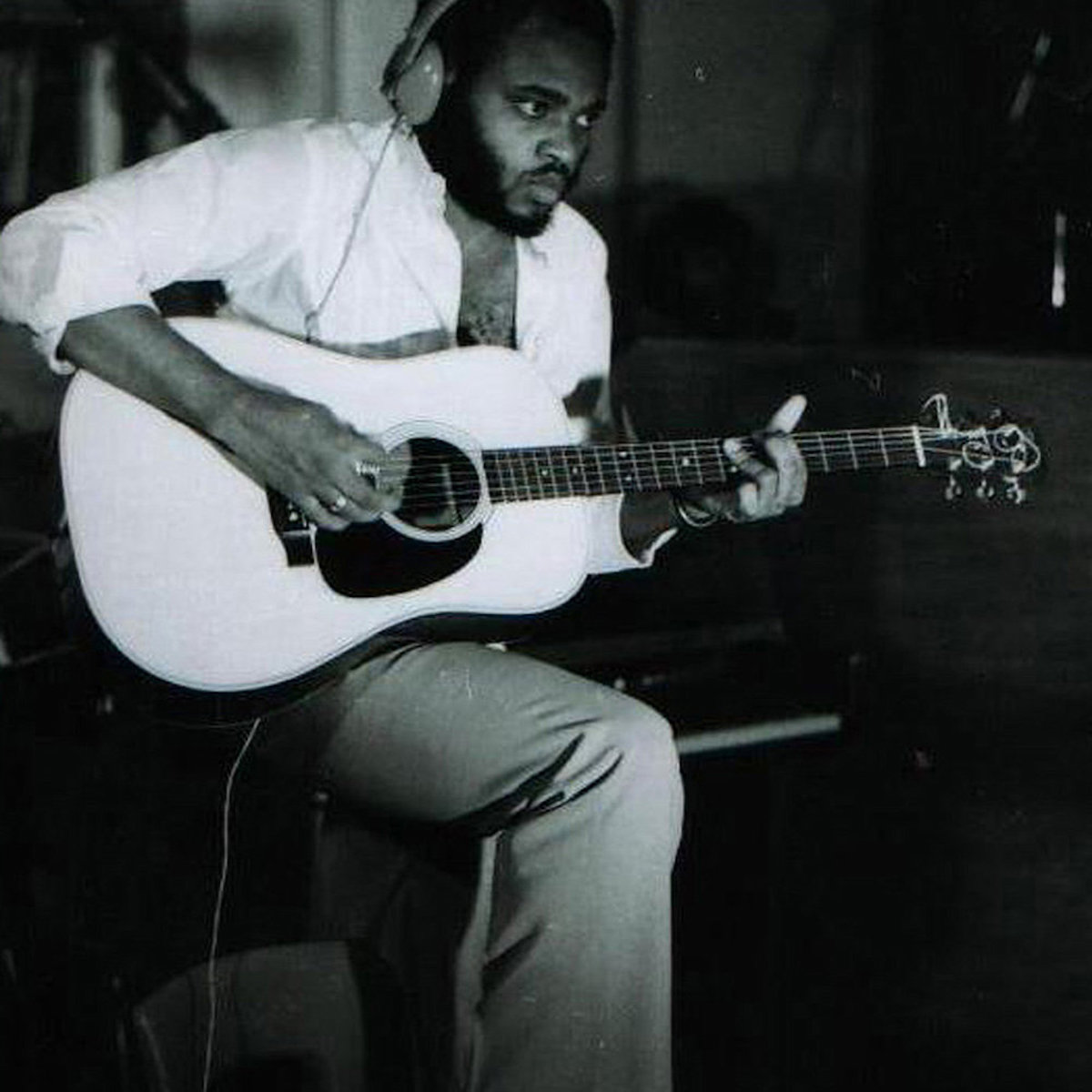
The album’s tone is set by 3:20 of building, tribal percussion and rolling rhythms of the opener Love Beat, a ‘strictly dance-floor’ approach mirrored in the near 11 mins of Love Somebody, building from soulful keys to deep bass funk, extended percussion breaks, joyous squelchy Moog licks, breathy vocals and more (interesting footnote: Bisso is credited as producer / writer / arranger, but ‘Recorded by’ is attributed to Joe Chiccarelli, better known in recent years for his work with The White Stripes, Shins, and Broken Social Scene). Still clocking in at a healthy six-plus minutes, The Mystery With Me (1978) makes a nod towards more radio friendly waters with its hooky, floaty choruses and tight structures (a 22-year-old Arthur Baker is credited as sole writer online — Bisso himself doesn’t seemed convinced by this idea, but that’s another story).
Let’s Keep it Together (1977) loops the song title over a slower groove, with free form electric guitar licks adding new textures, whilst Disco Madonna (1976) showcases Bisso at his most playful, combining spoken word Hispanic vocals, rattling percussion and more of the always welcome Moog, switching up keys at the end for an unselfconsciously camp finale. And if anything sums up the ambition of Bisso’s work in the field at the time, Play Me (1978) can lay claim to being the magnum opus. It’s presented here as a continuous 16-minute extravaganza (as opposed to the four parts it came in originally): lush strings, hypnotic vocal sections, irresistible basslines, crisp drums, the odd Barry White-style interjection, disco moans, the occasional nod to a chorus vocal. None of it seeming in much of a hurry to go anywhere in particular, choosing instead to joyfully revel in the expansiveness of the form.”
https://youtu.be/ttQkj3I5Sb8


